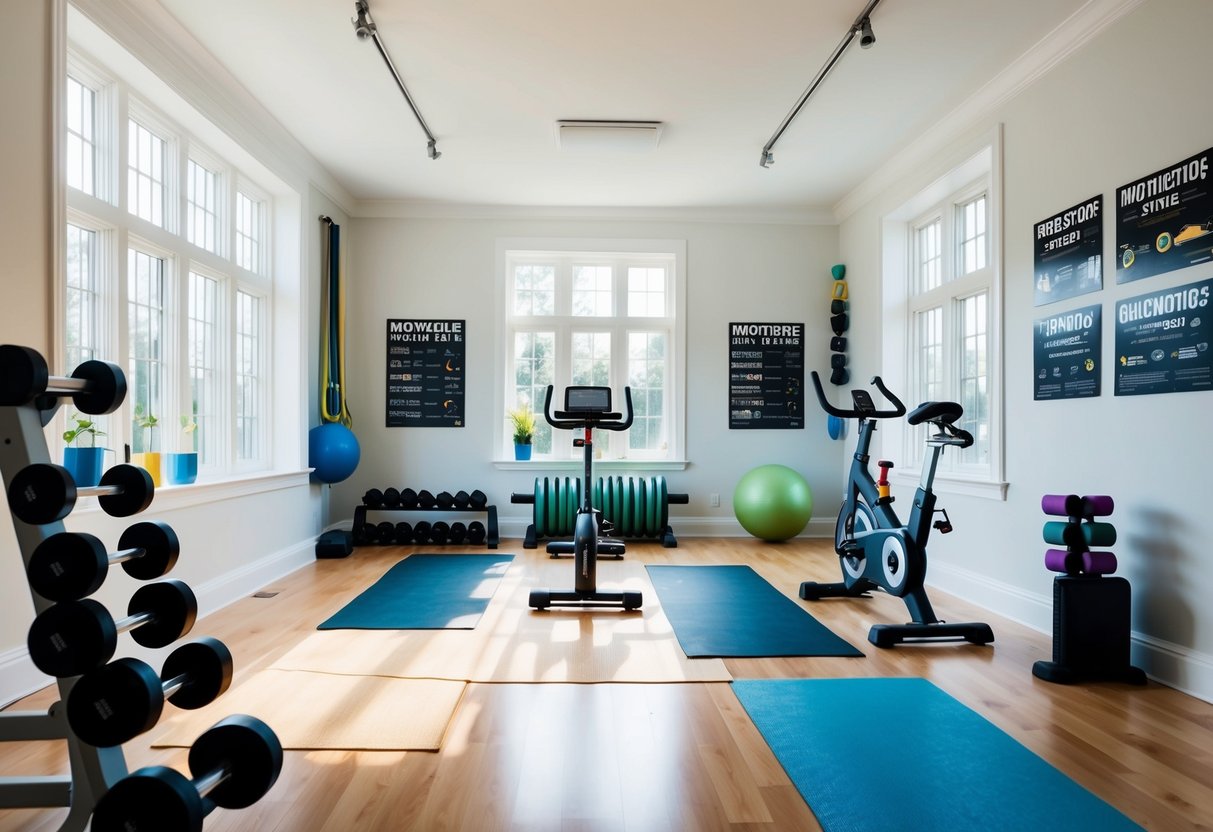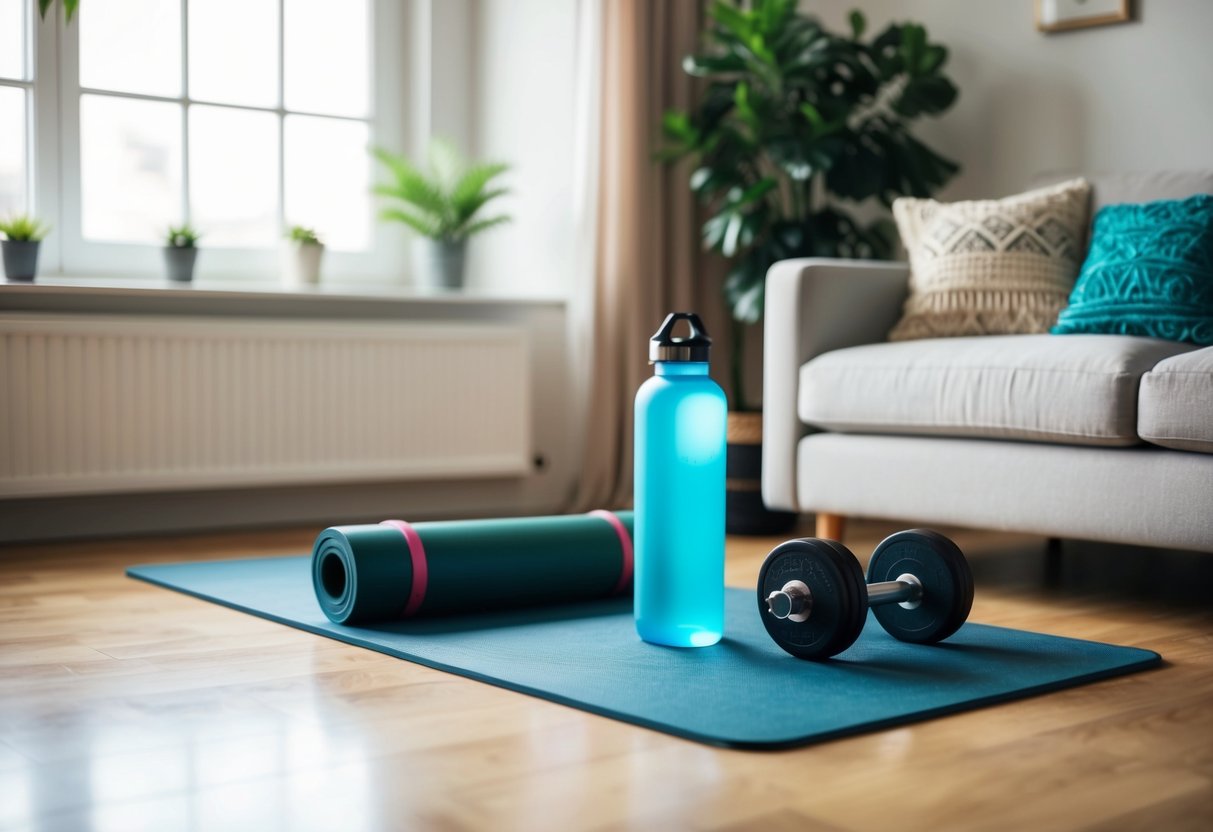
Creating a personalized home workout program offers flexibility, convenience, and a tailored approach to fitness. This step-by-step guide empowers individuals to design an effective routine that caters specifically to their fitness goals, preferences, and available equipment. By understanding which exercises best align with these objectives, they can achieve optimal results without the need for a gym membership.
The freedom to workout at home eliminates common barriers like time constraints and expensive memberships. Individuals can mix and match different exercises to keep their routines dynamic and engaging. This adaptability makes fitness more accessible to everyone, ensuring that personal progress remains consistent.
Incorporating a variety of exercises not only targets different muscle groups but also keeps the workout fresh and exciting. This variety is essential for preventing workout fatigue and maintaining interest. With a comprehensive plan in place, sustaining motivation and reaching fitness milestones becomes much more achievable.
Understanding Your Fitness Goals
Achieving success in a home workout program requires clear objectives and motivation. Recognizing what drives you and identifying your main goals are crucial steps.
Identifying Your Primary Objective
When setting fitness goals, specificity is key. Whether aiming for strength training, muscle building, or fat loss, clarity helps tailor your workout program. Are you focused on increasing muscle growth or is weight loss a priority? Understanding the distinction between building muscle and losing weight is essential, as each requires different training approaches.
Goals like improving overall personal fitness encompass a balanced approach that combines elements from various fitness modalities. Highlighting whether you aspire to enhance endurance or boost strength will aid in choosing the appropriate exercises. Setting realistic, measurable goals provides direction and motivation, creating a sense of purpose in every workout session.
Finding Your Motivation
Motivation is the driving force behind long-term fitness success. Identifying what excites you about the journey will help sustain your commitment. Some find motivation in tracking progress, such as seeing muscle growth or fat loss over time. Others may be driven by the desire to improve their health or increase energy levels.
Factors like personal interests, lifestyle, and past experiences contribute to what keeps someone motivated. For many, the ability to design a flexible workout that fits into their schedule is empowering. Understanding these factors facilitates the development of a workout program that aligns with individual preferences and lifestyle, ensuring that motivation remains high.
Basics of a Home Workout Program

Creating a successful home workout program involves understanding the importance of balance and consistency. These elements ensure the regimen is sustainable and effective, helping individuals achieve their fitness goals over time.
The Importance of a Balanced Routine
A balanced workout routine addresses multiple aspects of fitness: strength, flexibility, and cardiovascular health. These components work together to improve overall physical condition. Strength training, for instance, aids in building muscle and increasing metabolism. It typically involves exercises such as squats, push-ups, and lunges, which can be performed without equipment.
Flexibility is often enhanced through stretching or yoga, which helps prevent injuries and improves range of motion. Cardiovascular exercises boost heart health and endurance, examples include jumping jacks or mountain climbers. Incorporating each of these aspects ensures a comprehensive fitness regimen. This balance maintains engagement and motivation, reducing the risk of burnout.
Setting a Realistic Workout Schedule
Establishing a workout schedule that’s realistic and fits individual lifestyles is crucial for maintaining consistency. A well-structured training program considers daily routines, energy levels, and available time. Some might prefer morning workouts, while others may find evenings more suitable.
Designing a program with rest days allows the body to recover, decreasing the likelihood of injuries. Beginners might start with two to three sessions per week, gradually increasing frequency as they progress. Tracking workouts helps in monitoring progress and adjusting the routine as needed. Remaining committed to a schedule encourages habit formation and improves the likelihood of achieving desired results over time.



